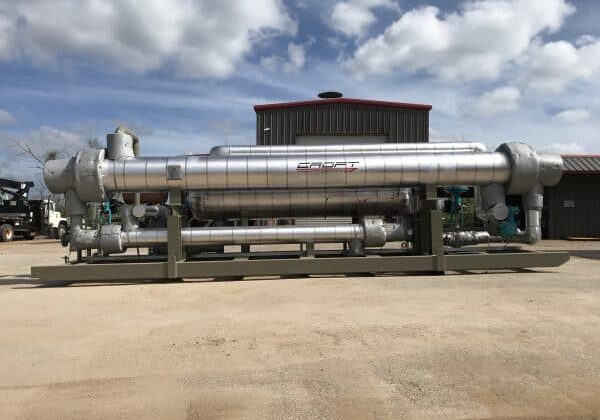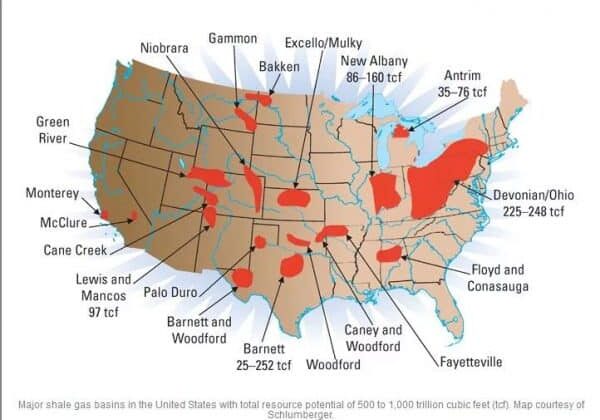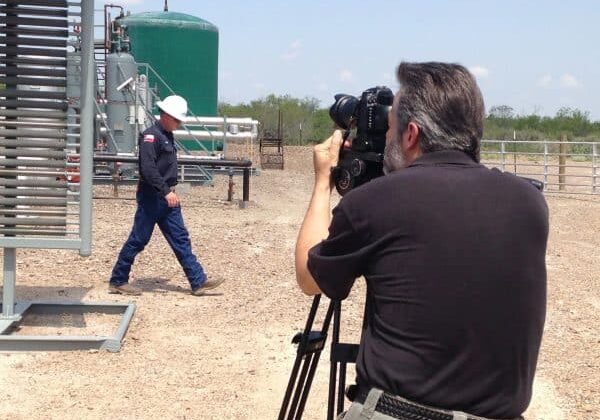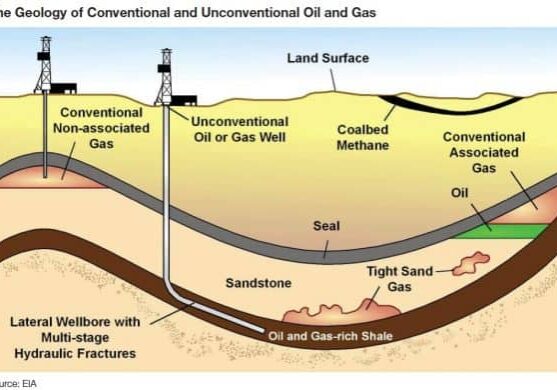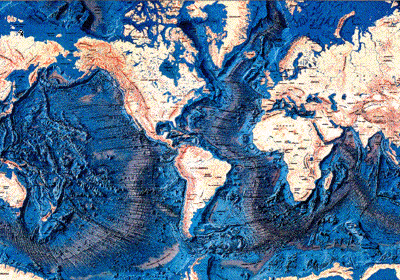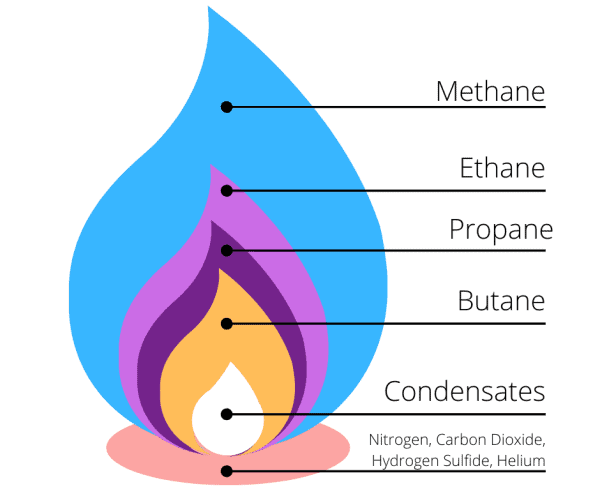Natural Gas is a combination of multiple hydrocarbon gases and other components. It can be in various compositions when it forms (See the blog “How natural gas was formed“). Because natural gas is an essential element in our everyday lives, it is interesting to see how it developed over many years and how it was even first discovered. This blog will pry open natural gas and get into what is inside it. What makes up natural gas? What are its components? Better yet, how does each component do its part?
The exact composition of natural gas can vary widely depending on its location. Each well has a different gas composition and different amounts of each component. Even wells right next to each other in the same formation can have variations to the composition, sometimes very minute and sometimes somewhat different. Natural gas is a combustible mixture of hydrocarbon gases. What is a hydrocarbon, you ask? A hydrocarbon is an organic compound of hydrogen and carbon. While natural gas is formed primarily of methane, it also includes ethane, propane, butane, pentane, and other heavier components. Below, you can see the typical range for the composition of natural gas.
Chemical Composition of Natural Gas
| Compound | Symbol | Percent in Natural Gas |
| Methane | CH4 | 60-90 |
| Ethane | C2H6 | 0-20 |
| Propane | C3H8 | 0-20 |
| Butane | C4H10 | 0-20 |
| Carbon Dioxide | CO2 | 0-8 |
| Oxygen | O2 | 0-0.2 |
| Nitrogen | N2 | 0-5 |
| Hydrogen Sulfide | H2S | 0-5 |
| Rare Gases | A, He | 0-2 |
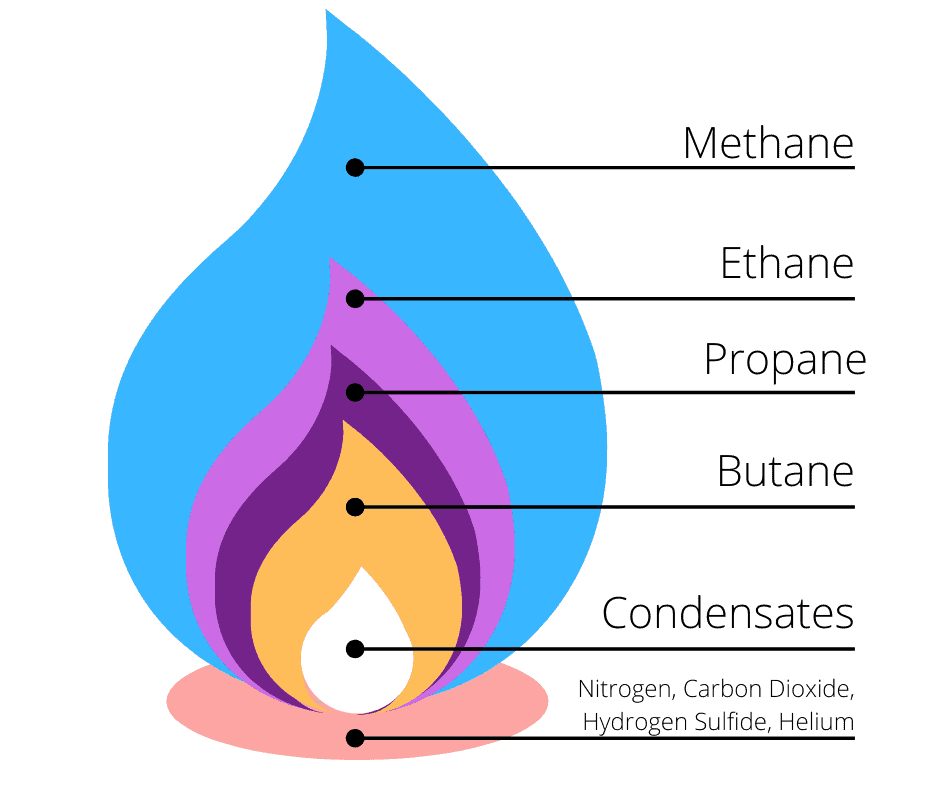
The gas we get as consumers, like what shows up at your house, is nearly entirely pure methane. Natural gas is considered “lean” or “dry” when almost pure methane exists. When heavier hydrocarbons are present, the gas is considered “rich” or “wet.” Yes, natural gas is already composed predominantly of methane, but it must still go through processing to remove the other hydrocarbons and impurities before reaching the consumer. This means that ethane, propane, butane, and pentanes must be removed, as well as inert gases. However, just because these elements are removed does not mean they are worthless and wasteful.
There is a term that groups together these hydrocarbons removed from natural gas. This term is called Natural Gas Liquids or NGLs. These NGLs can be sold and are valuable by-products of natural gas. NGLs are sold separately and can be used for many different things. This includes but is not limited to enhancing oil recovery in oil wells, sources of energy, and providing raw materials for oil refineries or petrochemical plants. Many of the plastics we use daily are derived from these NGLs.
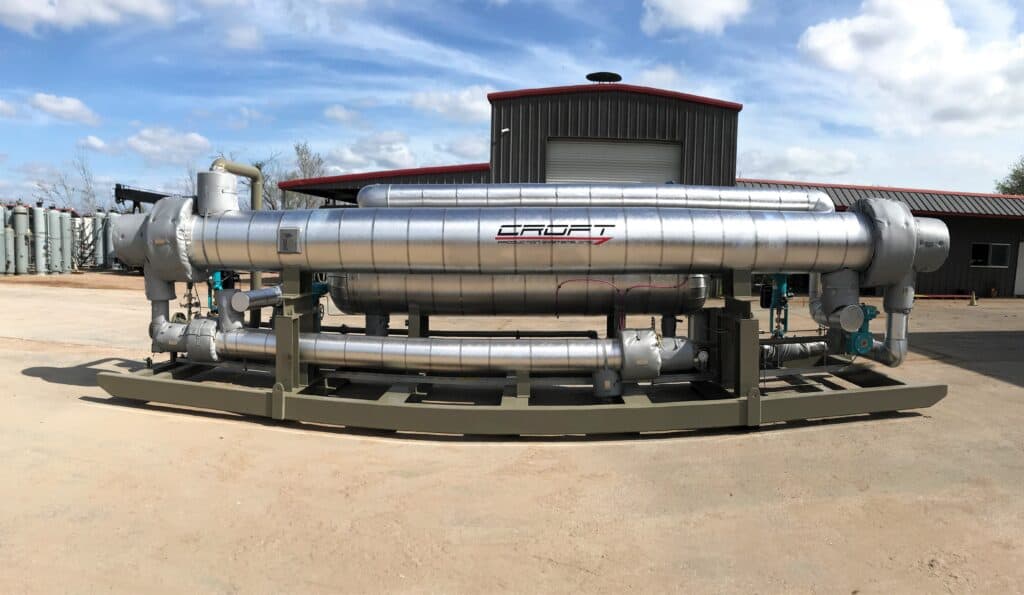
However, natural gas out of the ground is not all hydrocarbons and can contain other compounds that must be removed before reaching the end user. Carbon Dioxide and Nitrogen are typically the two largest non-hydrocarbon gases in natural gas. Still, other components such as Water Vapor, Hydrogen Sulfide, Helium, Argon, and others can be found. H2S is removed due to its toxic and corrosive properties, and CO2 for corrosion prevention. Nitrogen, Helium, and Argon don’t burn, so they need to be removed, but if in high enough concentrations, Helium is separated for sale and Natural Gas is the primary source of the Helium we use.
Natural Gas produced out of wells typically goes through numerous stages of purification as it makes its way to the end user. The steps necessary are determined by what needs to be removed from the gas, but typically the gas goes through different pipelines of increasing purification specs. The first big step is eliminating everything that is not a gas, typically at the well pad or the first gathering location. This is when the gas can be sent into the distribution lines that feed the end users, such as your house or your local power plant, to make electricity. These sites may also have the equipment to remove most water vapor, CO2, H2S, and some heavier hydrocarbons. Further down the line, the gas may go through more stringent processing facilities to prepare it for fractionation. Extensive facilities then collect large amounts of natural gas to remove nearly everything that is not methane from the gas and separate the other valuable hydrocarbons for sale.
At Croft, we have the equipment to fit your processing needs. Check out our FCS and JTS, which removed hydrocarbons from the gas stream.
*Updated January 2023 by Chris Smithson
https://www.uniongas.com/about-us/about-natural-gas/Chemical-Composition-of-Natural-Gashttps://www.theglobeandmail.com/opinion/answering-a-truly-burning-question/article5381010/
http://naturalgas.org/naturalgas/processing-ng/

